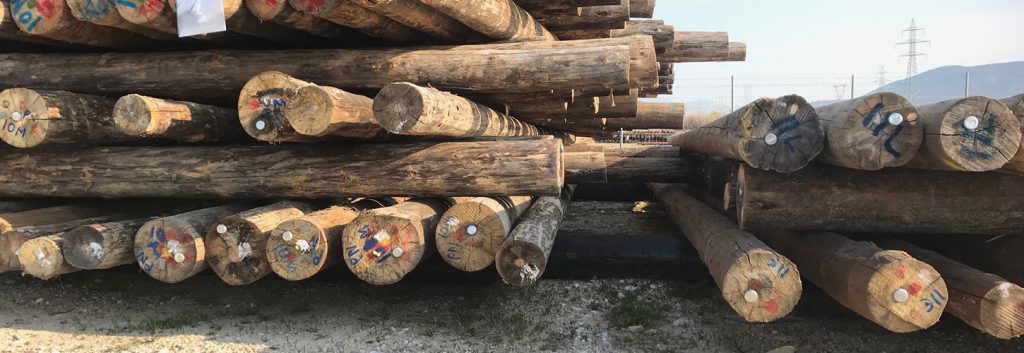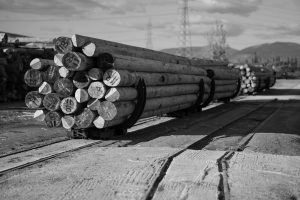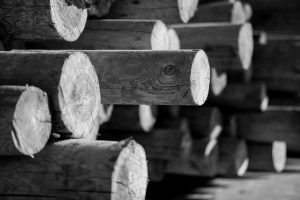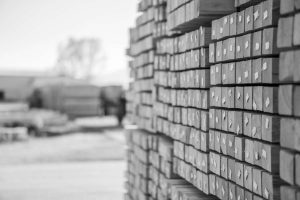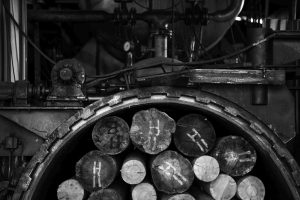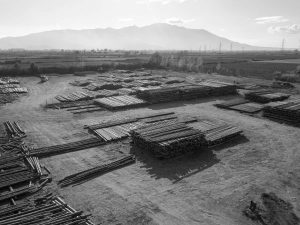Raw material
Scots Pine “Pinus Sylvestris” and “Pinus Nigra” is used as a raw material, which is recognized as the most suitable for the pole production of all international standards. Pine is not just a slide tree, but the structure of the sapwood cells is the best to penetrate any wood preservative (Creosote or Tanalith E), that prevents impregnated timber in ground contact for many decades.Growing conditions for pine are typical of Northern Europe conditions. BIONRGWOOD , is importing wooden poles appropriate for all customers from a Suppliers network all over North Europe. Mainly the origin of the raw material is from Latvia, Sweden and Finland. In addittion Greek raw material of wooden poles is also purchased though mainly for internal use in the Greek Electricity Distribution Network.
Peeling
Pole peeling usually occurs in two stages – after the rough peeling the bark is removed, but after the smooth peeling with German machine “WEMA Prost” surface becomes smooth. Since in the peeling process pole is rotating in peeling machine, it is impossible to produce curved poles, and careful material selection is a mandatory for us. After peeling process some hidden defects can show up, therefore final selection is made after this process to guarantee high quality poles for next production steps. After the peeling material is sorted according to diameter and length specifications.
Drying
Before impregnation it is required to lead out so called free water from wood cells, therefore the wood is dried to not more than 25% moisture level. This is achieved in a natural way for many months, when poles are stored in cross-stacks in the open air, as per British Standards requirements. Greek Environment details are considered as one of the best for a quick and appropriate natural drying.
Impregnation
Impregnation occurs in 30m long autoclaves by empty cell method. It involves sealing the wood in a pressure chamber and applying a vacuum in order to remove air and moisture from the wood cells. The wood is then pressure-treated with preservatives in order to impregnate the full wood sapwood. At the end of the process in repeated vacuum conditions excess liquid is removed. Wood preservative protects the wood from decay, insects and other microorganisms.

